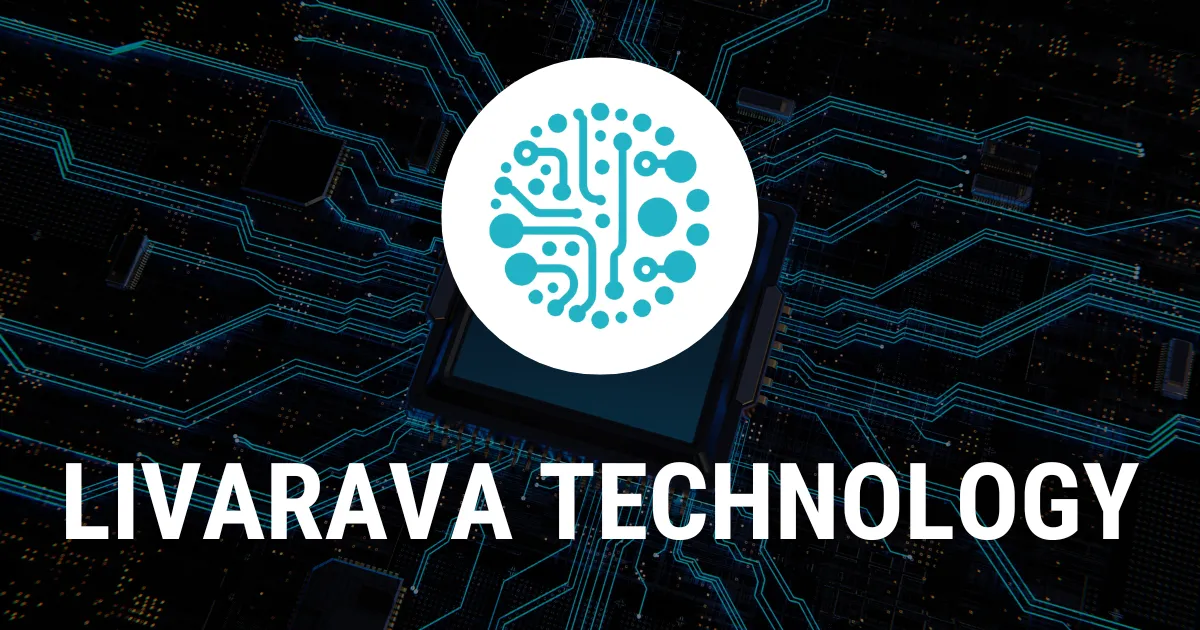Homeland Security Department's Cybersecurity Insights on Zero Trust

Homeland Security's Cybersecurity Guidance
The Homeland Security Department has released a crucial guide aimed at bolstering cybersecurity across federal agencies. Given the looming deadlines for implementing zero trust protocols, this guide serves as a vital tool for agencies to prioritize their cybersecurity measures effectively.
Importance of Zero Trust
Zero trust technology mandates that no user, whether inside or outside the network, is automatically trusted. This comprehensive approach is critical for modern cybersecurity, especially as threats become increasingly sophisticated.
Key Takeaways
- Enhanced Security: Zero trust architecture offers a layered security framework that defends against potential breaches.
- Proactive Approach: Agencies are encouraged to reassess and fortify their existing security protocols.
- Government Mandate: Compliance with the guide is essential for meeting federal cybersecurity requirements.
This article was prepared using information from open sources in accordance with the principles of Ethical Policy. The editorial team is not responsible for absolute accuracy, as it relies on data from the sources referenced.